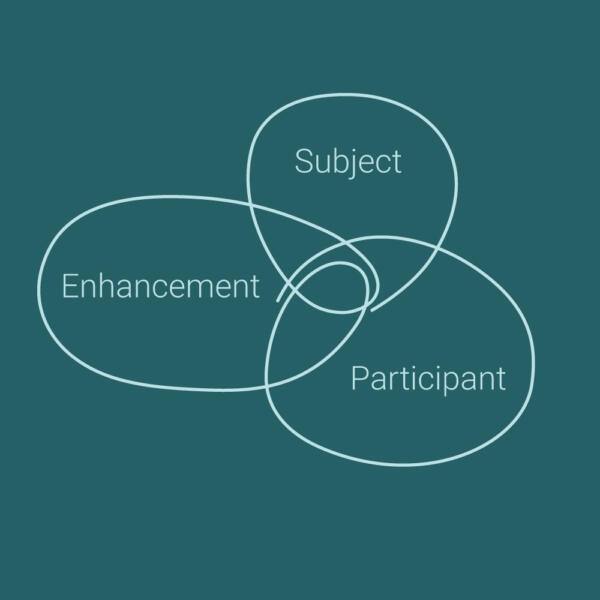Animal-assisted therapy services in Ballarat
What is animal-assisted therapy?
Animal-assisted therapy (also known as AAT) is a therapeutic approach that draws from the potential of the human-animal bond to enhance the benefits of evidence-based psychological treatments. Observation and study of the use of animals in therapy has grown exponentially since the work of Boris Levinson in the 1970’s. Today, there is reliable scientific evidence that incorporating animals in therapy has a range of potential benefits, including reducing stress and anxiety associated with engaging in therapy, improving communication and social skills, decreasing cortisol (the stress hormone), and increasing oxytocin (the feel-good hormone). For many of us who have known the love of animals and pets, science is just supporting what we have known intuitively for a long time: that challenges can be easier when we have our pets by our side.
The human-animal bond
The human-animal bond is a unique, mutually beneficial relationship between humans and animals, characterised by emotional, physical, and social connections. Rooted in thousands of years of companionship and cooperation, this bond transcends species and plays a vital role in human well-being. Animals provide comfort, companionship, and unconditional love, offering support during moments of joy and hardship alike. This bond is not one-sided; humans reciprocate by fostering trust and loyalty. Meaningful facilitation of this bond between clients and animals in therapy can create a uniquely positive and safe space in which to explore challenging therapy treatment work.
Whether it’s the wag of a dog’s tail, the purr of a cat, or the gentle presence of a horse, the human-animal bond continues to enrich lives in profound and enduring ways. At Barking Mad Company, we have been privileged to witness the transformative effects of the human-animal bond in clients of all ages and presentations.
Be sure to have a look at our other animal therapy services and treatment areas, including individual therapy and men’s mental health.


